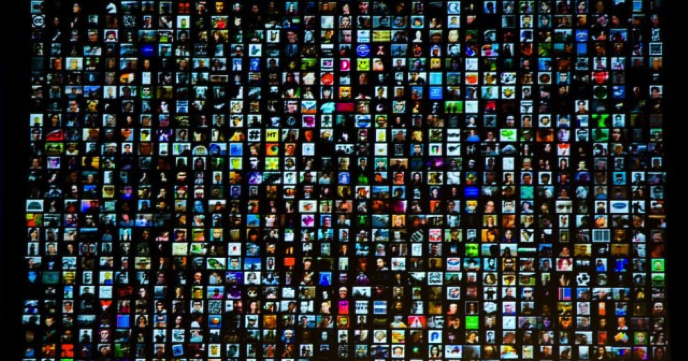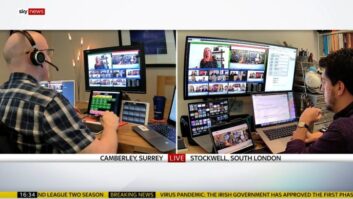
For the older generation, TV was remarkably simple. A handful of channels, broadcast on set frequencies, viewable on a single screen, with shows delivered on a scheduled timetable. However, the arrival of cable and satellite alternatives, the move to digital terrestrial television (DTT) and the opening up of the broadcast spectrum helped to increase choice but the notion of a predetermined and largely linear programming line-up still made TV an easy media to consume.
More content than ever before
The internet era and large capacity personal video recorders (PVR) helped to turn this paradigm on its head with an explosion of content available on-demand and across a multitude of devices. According to this year’s Ericsson ConsumerLab TV and Media research, consumers are now watching a record high of 30 hours of TV and video every week, across traditional scheduled linear TV, live and on-demand internet services, downloaded and recorded content, as well as physical media.
Yet, while an enormous amount of content is being generated, the challenges behind discovering this content have become increasingly acute. The average time searching for content has rocketed to almost one hour per day, with one in eight consumers stating a belief that they will get lost in the vast amounts of available content in the future.
Interestingly, scheduled linear TV accounts for this entire increase, as searches on VoD services have remained constant since 2016. There are also significant age differences both in terms of viewing and searching patterns. Millennials spend over 50 per cent more time searching on VoD services than those aged 35 and up, and they spend over 80 per cent more time watching VoD content.
With the hundreds of available channels on most pay-TV services along with tens of thousands of hours available on popular SVoD services, not to mention hundreds of millions of hours of user generated content on the likes of YouTube, it is perhaps surprising that 44 per cent of consumers cannot find anything to watch on linear TV on a daily basis. However, this figure almost halves (24 per cent) when the question is asked about the lack of content available on VoD services.
Improved content discovery = enhanced consumer loyalty?
The Ericsson ConsumerLab TV and Media findings suggest that the inability to connect consumers with their favourite content delivers a poor user experience. However, it also presents a major opportunity for innovative service providers to find new ways to simplify the process of aggregating and serving content in a more intelligent and compelling way – thus providing more accurate, relevant and engaging recommendations. In doing so, they can emerge as multi-market, multiplatform, multichannel video programming distributors (MVPDs).
This requires a complete reimagining of the way TV services are delivered. The challenge will be to move away from the current inhibitors that keep content in separate silos. At the heart of this switch is the adoption of technologies that both unify the various pools of content and associated metadata with the ability to perform analytics able to generate actionable insights needed to power search and recommendation within a more personalised user interface.
By delivering a converged multi-screen experience which can also act as an aggregation point for content sources and delivery networks, service providers can offer a personalised viewing experience that learns about the consumer and integrates with social networks and pay-TV to deliver better overall content discovery.
Addressing the demands of consumers everywhere
With more direct-to-consumer services set to launch over the next few years, service providers have reached a pivotal moment where retaining subscriber loyalty will be the defining feature that sets apart the winners from the trailing pack.
As noted by our research, seven out of ten consumers say a universal search feature, including both scheduled linear and VoD content, would be very useful. With as many as six in ten consumers stating a belief that content discovery will be a key concern when subscribing to a new TV and video service, development in this area will prove fundamental to driving consumer loyalty and satisfaction in the future.
By Mark Russell, chief technology officer and head of strategy, Ericsson Media Solutions







